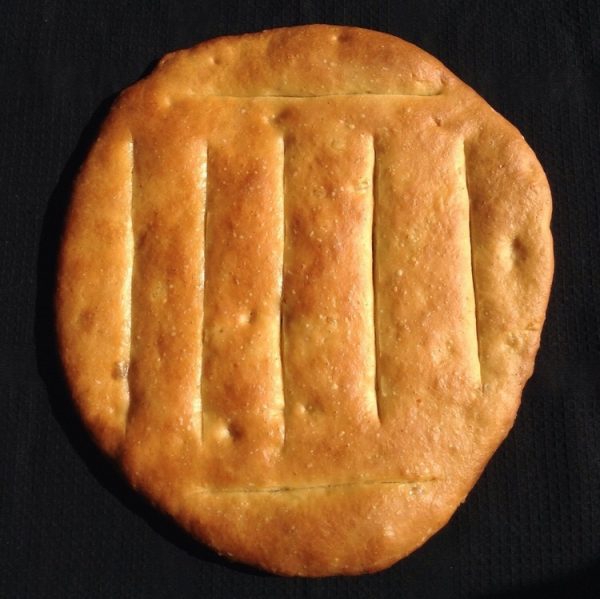It’s been some time I haven’t posted a simple bread recipe. Not that I haven’t made any, on the contrary! But I made a lot of my classical breads: whole grains… Now that it’s becoming chilly it’s going to be difficult to control accurately the proving time. For this rye baguette for example the recommended proving time was 1h, but the house is now about 18-19deg so I had it prove for 5h. The result was perfect.
The basic ingredients are: 175g of rye flour, 75g of flour, 13g of dry sordough, 180g of water, 5g of salt, 2g of yeast. The process is just as usual. I shaped my bread as a baguette, but any shape can do. For the baking, 30min at 225deg.












